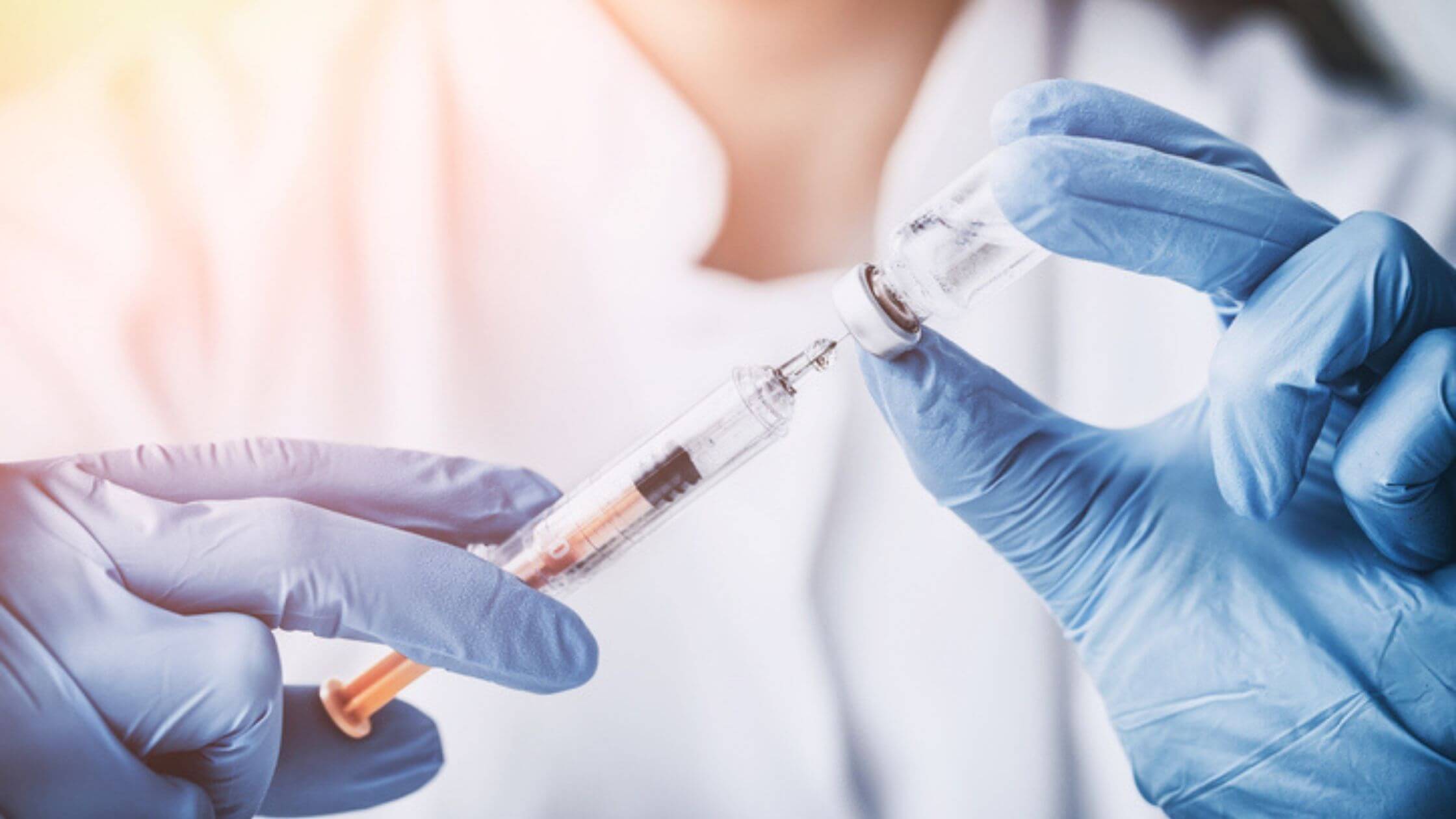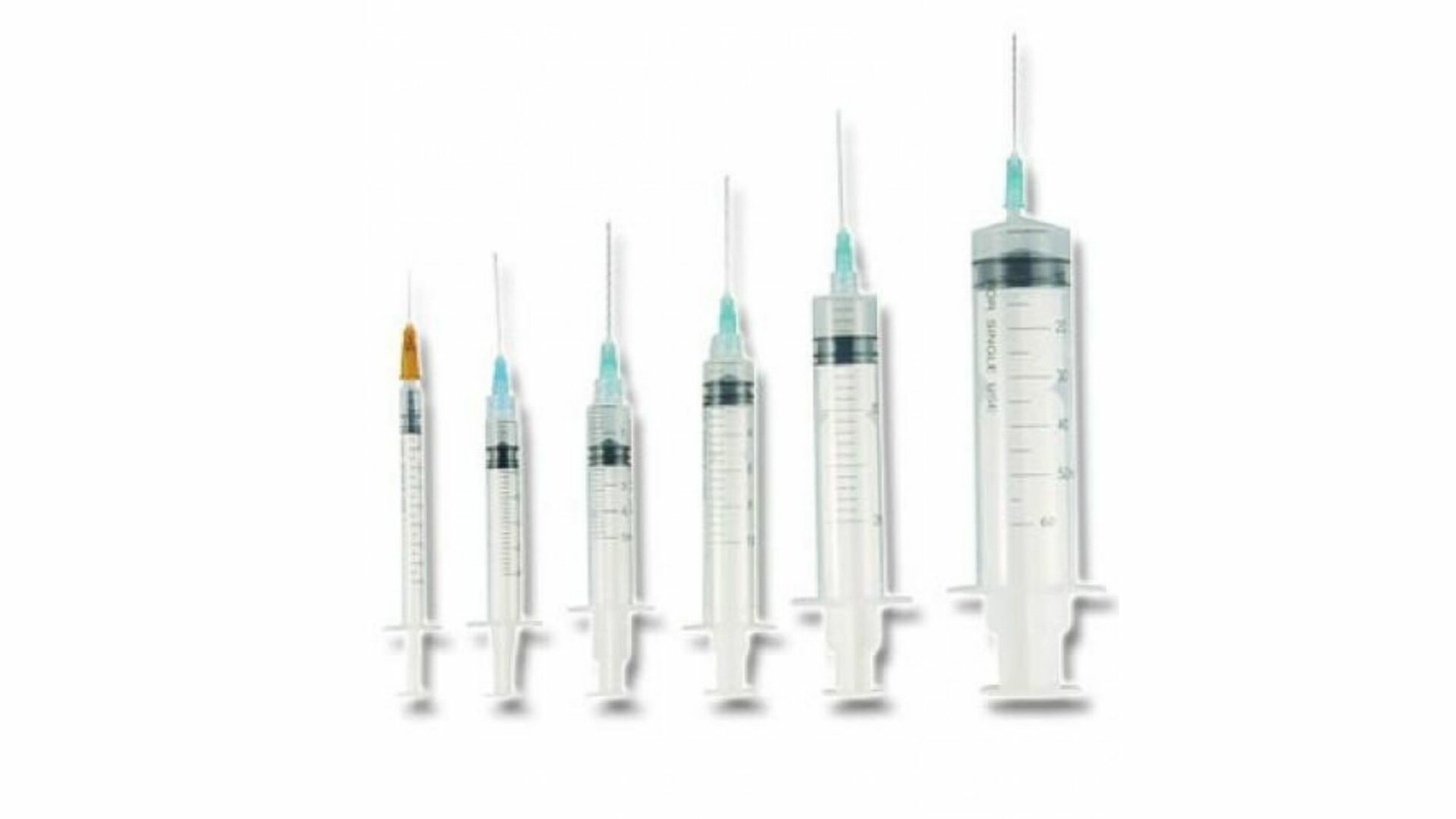What's Inside
Here we discuss, how many insulin units are in 1 ml. Are you a diabetic patient who is totally new to insulin syringes?
Various Aspects Of Insulin Usage
Several thoughts might be running through your mind such as what are the different sizes of insulin syringes, the various types of insulin doses, and so on.
In this blog, we throw light on the various aspects of insulin usage and the areas where you need to pay attention.

What Is Insulin?
Insulin is a hormone that aids in regulating your blood sugar. In the case of type 1 diabetic patients, their bodies cannot generate their own insulin to regulate blood sugar levels.
For those with type 2 diabetes, their body cannot use insulin efficiently or produce enough quantity of insulin.

You might be shocked to know that the count of diabetic patients in the United States who rely on insulin to control their blood sugar comes somewhere close to a massive 7.4 million.
There are mainly 4 ways of administering insulin. They are :
1. Syringes
2. Pens
3. Pumps
4. Inhalers
How Many Units Of Insulin Makeup 1 ml Of Insulin?
As a diabetes patient, you might be having a doubt about the quantity of insulin in each ml of insulin.
Insulin vials contain U-100 insulin. To explain in simple terms, in 1 ml of insulin, there will be 100 units of insulin. Humalog® insulin is available in 3 ml (300 units) vials or 10 ml (1000 units) vials.
In the case of all other types of insulin, it comes in the form of 10 ml (1000 units) vials. If you are looking for insulin pens or cartridges, they generally come in boxes of five 3 ml pens or cartridges.
What Are The Different Sizes Of Insulin Syringes?
There are various sizes of insulin syringes available on the market. They are designed in order to deliver different doses of insulin.

The number lines you can see on an insulin syringe, measured in milliliters (mL), represent the below units.
- 0.3 ml syringes – These syringes are meant for insulin doses below 30 units of insulin. Also, note that they are numbered at 1-unit intervals.
- 0.5 ml syringes – They provide 30 to 50 units of insulin. They are also numbered at 1-unit intervals.
- 1.0 ml syringes – They are meant for doses over 50 units of insulin. Always remember that they are numbered at 2 units per interval.
Importance Of Length And Gauge Of An Injection Needle
When it comes to the size of an injection needle, you need to choose a length and gauge that you are comfortable with.
A person’s size is not at all related to the efficacy or potential of insulin leakage while using shorter needles. To add on, skin thickness is not likely to differ much from individual to individual.
Studies show that most people prefer to use shorter needles. In the majority of cases, it is recommended to use needles that measure in the range of 4-8 mm in length.
Thinner needles have more takers as they are easier to use than thicker ones. The major benefits of thinner needles are that they are relatively less painful and easier to insert.
Points To Keep In Mind While Using An Insulin Syringe
Let’s check out the various factors that you need to take into consideration while buying an insulin syringe.
1. Insulin syringes are disposable and you are supposed to use it only once. This is done in order to ensure that there is absolutely no threat of infections from used needles.
2. Keep in mind that you need to rotate injection sites so that it does not lead to Lipohypertrophy, a condition where abnormal fat deposit accumulates under your skin.
3. Insulin is administered as a subcutaneous injection, or it is given just under your skin. The reason is that if the needle goes inside the muscle, it can affect your blood sugar levels.
4. The danger of using a needle that is too lengthier is that you may accidentally end up taking a painful intramuscular injection.
5. The syringe size that best suits you depends on your insulin dose. Depending on your blood sugar levels going up or down, you may need to change your insulin dose as well. Hence you may need multiple syringe sizes to alter the doses as per your requirement.
For example, assume that you are taking 35 units in the morning and 10 units at night. In such a scenario, you need to buy a 0.5-ml syringe and a 0.3-ml syringe for each dose.
Conclusion
Hope the above article provides several useful insights about administering insulin doses and clears your confusion regarding insulin units. However, if you still have further concerns about the usage of insulin doses, speak to your doctor before going ahead.

